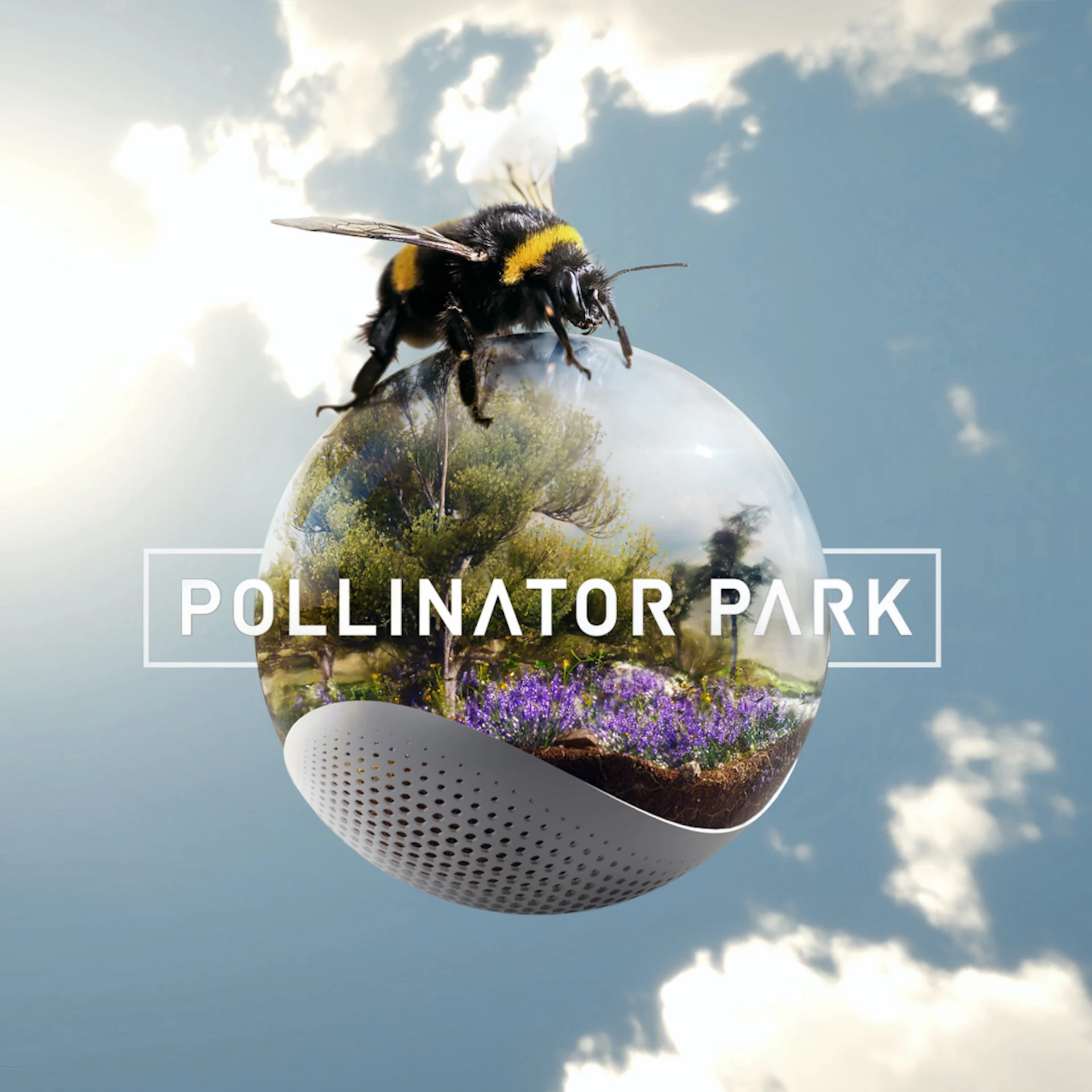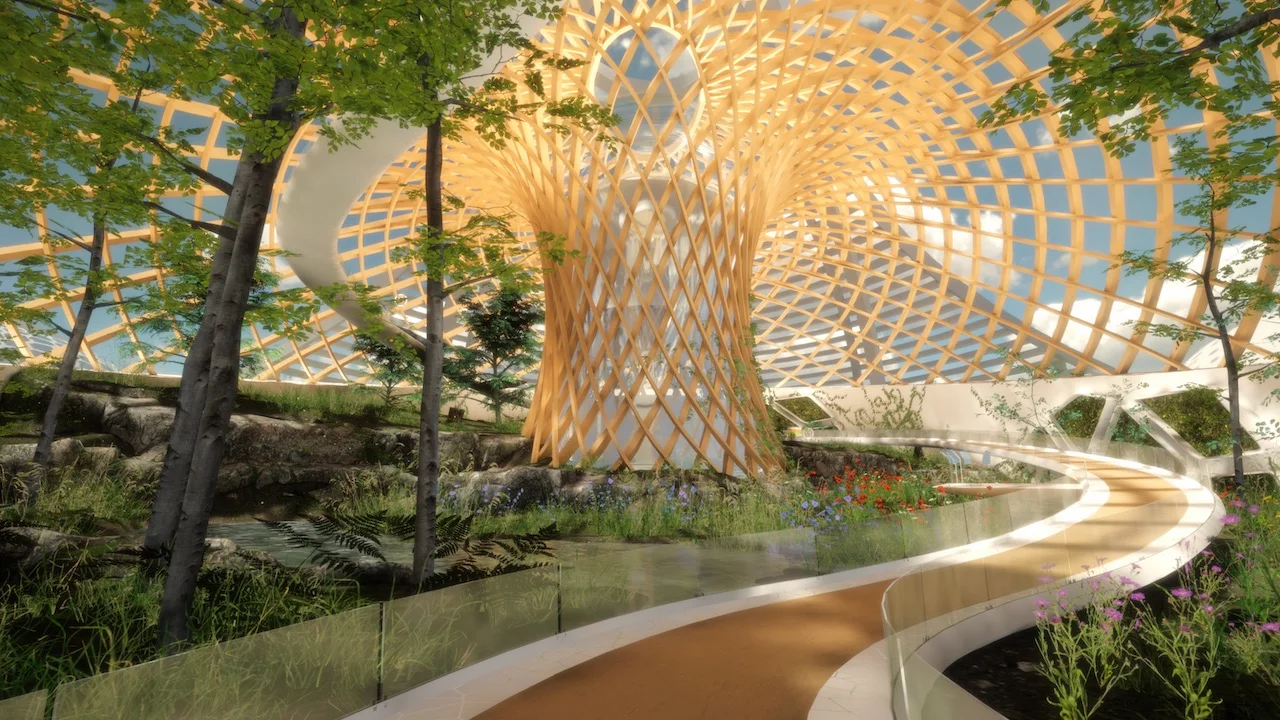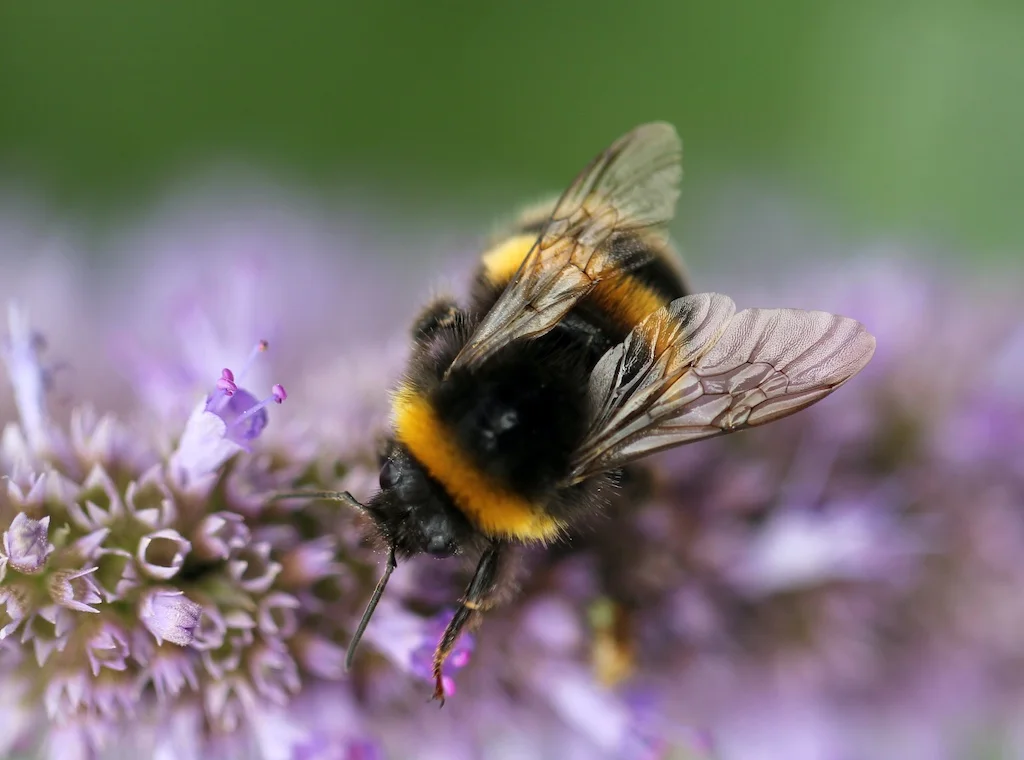
Pollinator Park: What a world without pollinators could look like
Set in 2050, Pollinator Park incorporates gamification, storytelling and alluring technologies to showcase the shocking insect decline and a need for urgent action to wider audiences, particularly to younger generations.
Pollinators have been on a steep decline for decades and ongoing conservation efforts have been instituted to reverse the trend.
But what happens if these efforts fail and the pollinators go extinct? What would the world look like without them?
Well, a collaboration between the European Commission and architect Vincent Callebaut gives you one possible vision of that grim scenario -- through a simulated, futuristic Pollinator Park.
Visit our Complete Guide to Summer 2023 for an in-depth look at the Summer Forecast, tips to plan for it and much more!
Set in 2050, Pollinator Park springs to life after numerous ecological crises cause the demise of pollinating insects. However, a futuristic farm offers a safe haven for pollinators, providing an eye-opening experience for visitors.
The park incorporates gamification, storytelling and alluring technologies to showcase the shocking insect decline and a need for urgent action to wider audiences, particularly to younger generations.

Users can catch a glimpse of a world without pollinators in a simulated, futuristic Pollinator Park. (European Union 2021).
Users can learn about pollinators, try pollination, shop for groceries in a pollinator-deprived world, and get advice on how to prevent this type of scenario from playing out in reality.
World Bee Day on May 20
The timing of the park's release in 2021 was vital, coinciding with World Bee Day on May 20. Designated by the United Nations, the day raises awareness of the importance of pollinators, the threats they face and their contributions to sustainable development.
SEE ALSO: Buzzing with ideas to keep pollinators and plants thriving
"The alarming decline of insects that pollinate crops and wild plants puts food security at risk – and threatens our survival. Pollinator Park shows us the dangers of ‘business as usual,' and invites us to create a better future for pollinators and ourselves," said Virginijus Sinkevičius, the European commissioner for Environment, Oceans and Fisheries, in a news release.
While the European Union (EU)is "working hard" to reverse the loss of pollinators with the European Green Deal, a broad effort is needed across society with contributions from scientists and experts, businesses and citizens.

Bumblebee. (Unsplash)
"Pollinator Park should also help us achieve an ambitious new global framework for biodiversity in Kunming, China, later this year," Sinkevičius added.
According to the release, Europe has nearly 2,000 species of wild bees. The population of every third species of butterflies and wild bees is declining, while every 10th species is on the verge of extinction. Many plant species would decline and eventually disappear without pollinators, presenting a major risk for nature and humans.
Pollinator Park is publicly available online and in virtual reality. More information can be found here.
Thumbnail courtesy of European Union 2021.
Follow Nathan Howes on Twitter.











